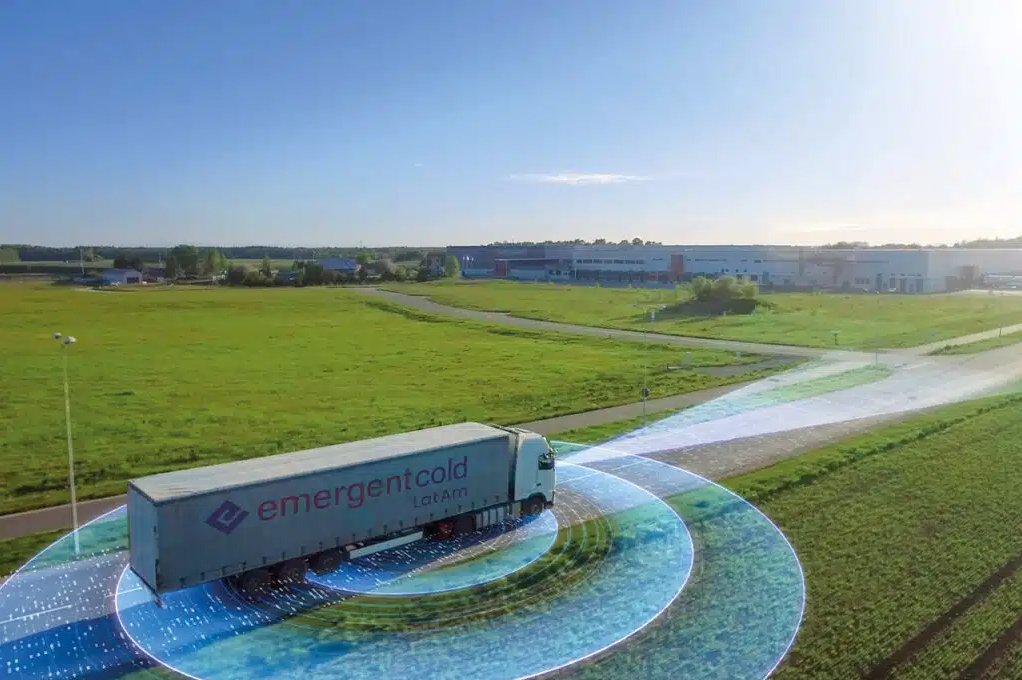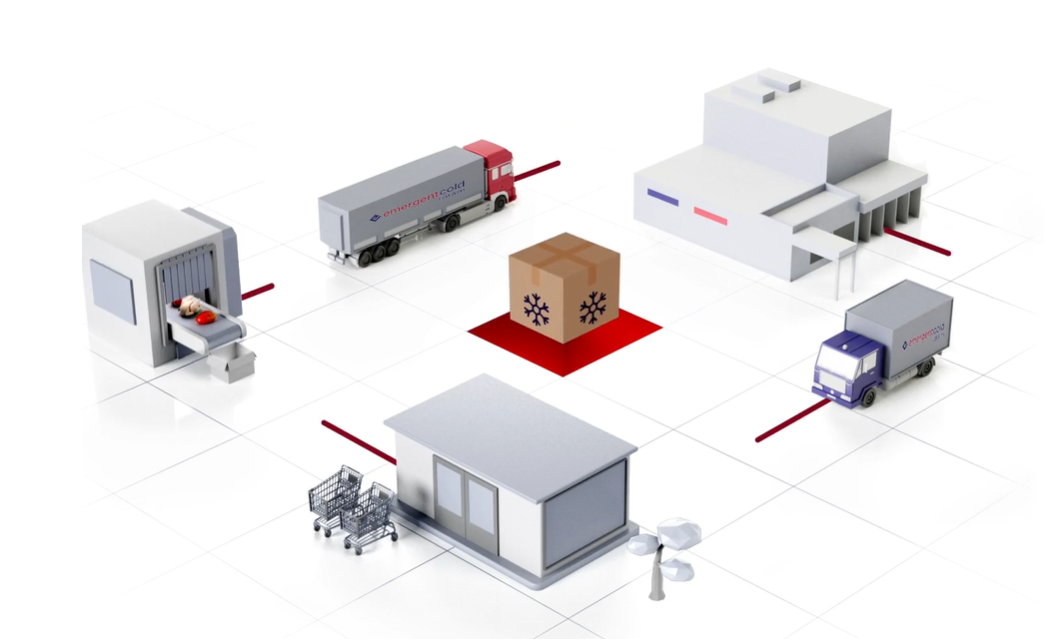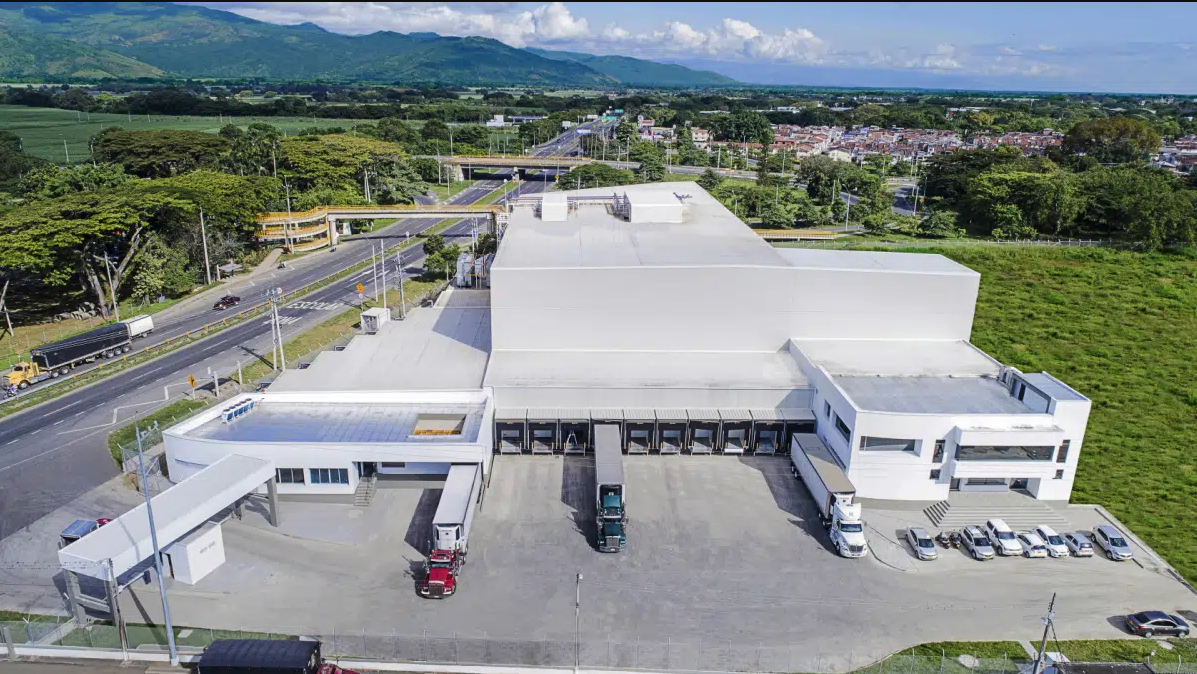Nowadays it seems curious how markets are expanding and how fast cold chain companies are growing. However, these phenomena are sustainable through economic strategies and models.
By Andrea Ochoa Restrepo
In recent years, emerging markets, which include regions such as Latin America, Asia, and Africa, have seen steady growth in demand for perishable and refrigerated goods. This boom is due to a series of economic and social factors that are transforming the way these markets approach the cold chain and its logistics, turning it into an engine for economic growth.
The increase in international trade in fresh food has led to an increase in the need for reliable cold chains. Companies operating in these markets must ensure the quality and safety of their products during international transport, further underscoring the importance of effective cold chain management. According to the United Nations Environment Programme (UNEP) in the 2021 Food Waste Index Report, which highlights that in the United States, it is estimated that each person wastes around 59 kilograms of food per year, which is equivalent to a total of 19,359,951 tons annually.
Currently, various entities focused on the promotion of exports and trade policies are working on the development of international cold chains through the improvement of regulations, the strengthening of labor capacities and investment in infrastructure.
Against this backdrop, offering value-added services, such as product processing, represents a smart economic strategy to capitalize, generate sales opportunities, and increase demand. From an economic perspective, this strategy has several key benefits. First, it allows companies to diversify their revenue streams by expanding their range of services beyond simple warehousing. By offering product processing services, they can capture an additional part of the value chain and generate additional revenue through value-added activities.
In addition, this strategy increases the profitability of companies by allowing them to maximize margins. Value-added services, such as product processing, typically have higher margins than traditional warehousing. This means that the company can generate higher profits per unit of product handled, which translates into increased profitability.
In relation to the above, it is important to note that market players are innovating in technologies for the transport and storage of food in the cold chain, in addition to exploring mergers and acquisitions to develop novel approaches in this area. One example is Lineage Logistics' acquisition of VersaCold Logistics in August 2022, with the goal of expanding its services in Canada and optimizing the food supply chain across the country.
Growing Investments in Cold Chain Infrastructure

The ability to connect customers end-to-end across multiple countries is a significant strategic and economic differentiator. Not only does this simplify supply chain management for customers, but it also increases operational efficiency. From an economic perspective, this can translate into increased profitability due to reduced operating costs and increased market share as the company becomes a more valuable logistics partner for its customers.
Another clear example of expansion and growth phenomenon is Emergent Cold Latin America (Emergent Cold LatAm), this company has reached a milestone in the industry by being recognized as the largest provider of logistics and refrigerated storage in Latin America and the Caribbean, as well as the sixth largest supplier worldwide. This recognition comes from the Global Cold Chain Alliance (GCCA), which evaluated the total capacity of temperature-controlled space operated by GCCA members as of December 31, 2022.
The history of this phenomenon dates back to 2017, when the idea of investing in emerging markets arose, starting the formation of the company. The founders, Neal Rider and David Bofenior, embarked on the expansion, establishing warehouses in Peru, specifically in Piura, and then expanding to other markets such as Australia, Sri Lanka, Vietnam, among others, throughout 2020. The company experienced global management under the influence of Lineage Logistics, which owns approximately 450 warehouses worldwide, but lacked a presence in Latin America, until they acquired a warehouse in the region.
Emergent Cold LatAm's growth has occurred after the COVID-19 pandemic, which could be seen as a response to the economic weaknesses generated by it. While the pandemic affected some segments of its market, it also created opportunities in others, and the company was able to adapt and capitalize on those opportunities.
 According to Rafa Rocha, Commercial VP of Emergent Cold LatAm, "the COVID-19 pandemic affected the company's wineries unevenly. He mentioned that approximately 5% of Emergent Cold LatAm's warehouses were negatively impacted by the pandemic due to their focus on the local distribution market, which saw a decline in demand. However, he noted that this impact did not significantly affect the company's long-term strategy, which seeks to be efficient and operational rather than speculative."
According to Rafa Rocha, Commercial VP of Emergent Cold LatAm, "the COVID-19 pandemic affected the company's wineries unevenly. He mentioned that approximately 5% of Emergent Cold LatAm's warehouses were negatively impacted by the pandemic due to their focus on the local distribution market, which saw a decline in demand. However, he noted that this impact did not significantly affect the company's long-term strategy, which seeks to be efficient and operational rather than speculative."
In 2021, a new company was officially born with an exclusive focus on Latin America. With the support of local and foreign investors, an investment vehicle dedicated to the region was created. In Latin America, with the exception of a few companies in Brazil and Mexico, there was no consolidated network of warehouses throughout the region. The main objective was to establish a Latin American network that transcends the borders of a single country and offers a comprehensive solution in the food supply chain in the region.
In less than five years, it has achieved a presence in 11 countries, operating more than 60 warehouses and offering a storage capacity that exceeds 4 million cubic meters. This exponential growth has been achieved through the completion of 14 strategic acquisitions and the execution of 7 new development projects, many of which are currently under construction.
David Palfenier, president, said in a statement shared on the site in response to this deployment, that "although its initial objective was not to become the largest player in Latin America, it was always in its plans to offer high-quality and differentiated services to its clients wherever they operated. Emergent Cold LatAm not only stands out for its size, but also for its focus on delivering integrated solutions throughout the entire food supply chain."
to this deployment, that "although its initial objective was not to become the largest player in Latin America, it was always in its plans to offer high-quality and differentiated services to its clients wherever they operated. Emergent Cold LatAm not only stands out for its size, but also for its focus on delivering integrated solutions throughout the entire food supply chain."
Emerging Market Volatility and Risks in Cold Chains

Emerging markets often experience increased economic volatility due to factors such as inflation, fluctuating exchange rates, and political instability. This volatility can increase operating costs for companies in the cold chain sector, as they must quickly adapt to changes in food prices and logistics costs. Sharp changes in fuel prices and tariffs can also significantly affect profit margins.
In many emerging markets, regulation regarding food safety and the quality of perishable goods is constantly evolving. Companies in the cold chain sector must adapt to these changing regulations and ensure compliance to avoid penalties and customer churn.
In addition, political and legal instability in some emerging markets can lead to uncertainty about asset ownership and contractual rights. It is then that one of the key challenges in Latin America is political risk and exchange rate volatility due to the different currencies in the region. To mitigate this risk, Emergent Cold LatAm has focused a significant portion of its investments on Brazil and Mexico, two large countries in the region, with the rest distributed in other Latin American countries.
Regarding the countries in which the company operates, Rocha highlights the importance of legal certainty in investment decision-making. It mentions that, despite political changes in some Latin American countries, they have not experienced a significant impact on the demand for their services due to their focus on food exports.
However, it also highlights an economic challenge in Colombia related to high interest rates, which negatively affect the financial return on investments in that country. "The high interest rate makes it difficult to obtain loans at affordable rates and therefore affects the profitability of operations in Colombia."
In addition, it mentions that Colombia's credit rating and investment grade have been determining factors in investment in the country. Monetary policy, which seeks to control inflation, has led to significant increases in interest rates, which in turn has affected investments.
Other Challenges
Another key challenge facing the company is managing the integration of the numerous acquisitions made, each with its own practices and systems. In addition, ensuring that you have the right staff in place at each location is another critical aspect of the company's success. Emergent Cold LatAm seeks to attract talent through a clear purpose and social responsibility actions, such as collaborations with the Food Bank.
Rocha highlighted the importance of implementing best practices in all acquired wineries and in the centralized management of systems and processes. The company has focused on integrating systems, such as the Warehouse Manifest System (WMS) and ERP systems, to improve profitability and productivity.
Regarding expansion into new countries, he emphasized that the company is focused on an organic growth strategy, making the most of opportunities in markets where it already has a presence before exploring new territories. "The priority is to expand and improve efficiencies in current markets before considering new acquisitions or entries to other countries."















